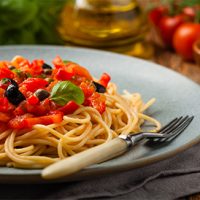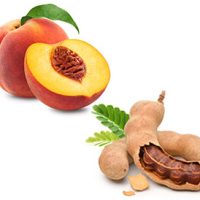The Natural & Organics Show (NOPEX) will be taking centre stage once more at…

Food and Drink Trends Expected in 2022
2022 promises a spectacular array of new and exciting food trends to lift the spirits of disruption-weary consumers around the globe.
The spotlight on health and wellness looks set to be the impetus for food and beverage trends across all sectors. Healthy food is no longer regarded as a novelty niche segment and an active approach to nutritional benefits has become standard. Consumers can expect a raft of innovative food ranges with plant-based and immunity-enhancing credentials to be heading their way in 2022 as a consequence.
Plant-based brands continue to launch and vegan sea food is predicted to make the next big impact this year. Plant based tuna and fish sticks will soon be appearing in vegan friendly restaurants, alongside banana blossom fish, the vegan seafood alternative already served in many seaside towns. Herbivore temptations on the horizon include jackfruit ‘pepperoni’ pizzas, vegan egg-free creations and new ranges of dark, white and milk vegan chocolate. Veganuary 2022 has seen Subway trialling plant-based steak and chicken tikka sandwiches, while McDonalds is launching the meatless patty branded as the ‘McPlant’ burger. Those attracted by plant-based options, but not ready to give up meat, can expect food offerings tailored to meet the trend.
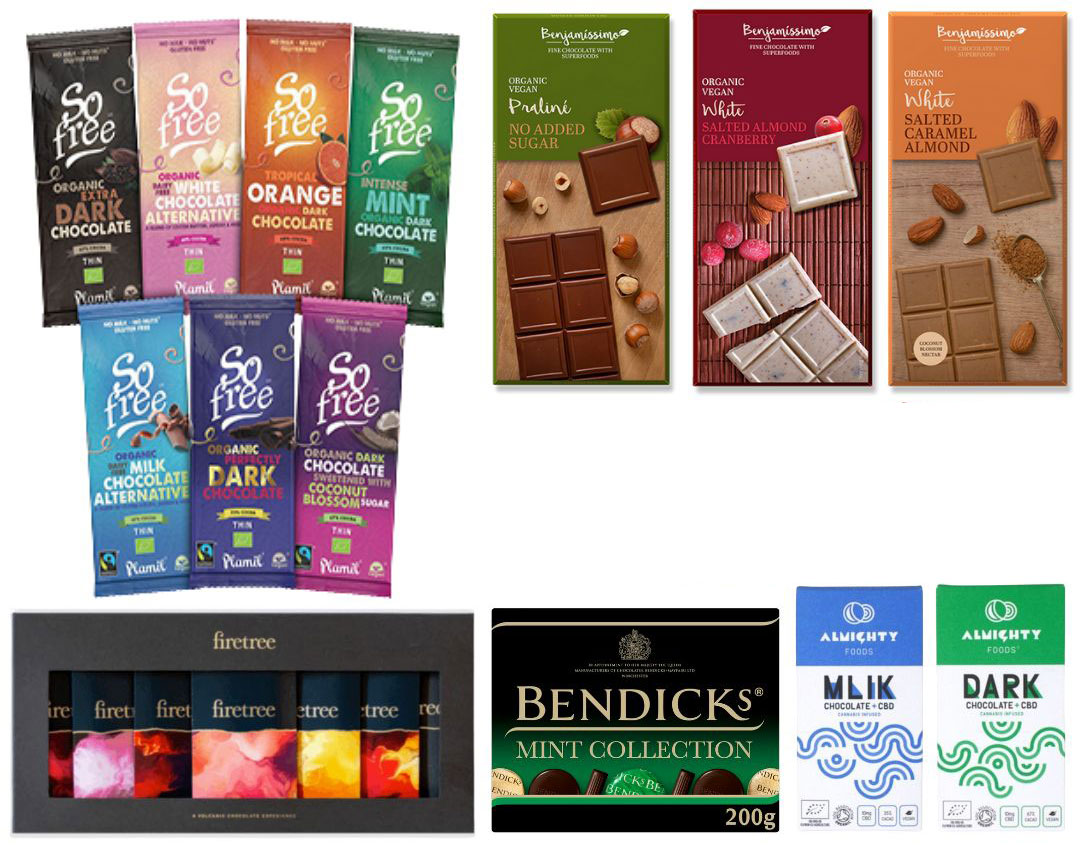
Mushroom aficionados will welcome the news that their favourite superfood is predicted to feature in a variety of unexpected guises, such as mushroom powder in alternative meats and as a flavoursome ingredient in functional beverages. The New York Times reports that more urban farms are growing mushrooms to cater for the popularity of such dishes prepared at home and in restaurant kitchens. Mushroom fibres will also find a use as a cheap, compostable element of packaging.
The trend for dairy substitutes shows no sign of abating in 2022. Alice Shrubsall, alternative milk buyer at Waitrose, predicts that the next big innovation to take off in the alternative milk sector is potato milk. Shoppers will not only be receptive to its delicious creamy flavour for cereals and lattes, it is thought, but will feel satisfied that the typical annual wastage of 5.1 million potatoes is being curtailed. Alice writes that increasing numbers of consumers are adding plant-based milks to their diet, “whether that’s a splash of oat milk in their morning coffee or a coconut milk hot chocolate in the afternoon”.
The ‘sober-curious’ can be assured that in the US drink sector 90% of retailers will be stocking non-alcoholic beer, wine and similar substitutes. For traditional beverage lovers, extras will include turmeric, anise, rosemary and other herbal flavours. Soumya Nair, Global Research and Insights Director at Kerry, hails the popularity of immunity boosting and herbal categories for beverages and comments that ‘the search for new flavours will uncover many examples of cross-category inspiration’. She goes on to predict that chamomile, rose and jasmine will gain in popularity owing to their reputation as tisanes. CBD moves away from the domain of health food shops to mainstream outlets, as the market is predicted to continue soaring with products like Cannasa, a premium CBD-infused drink.
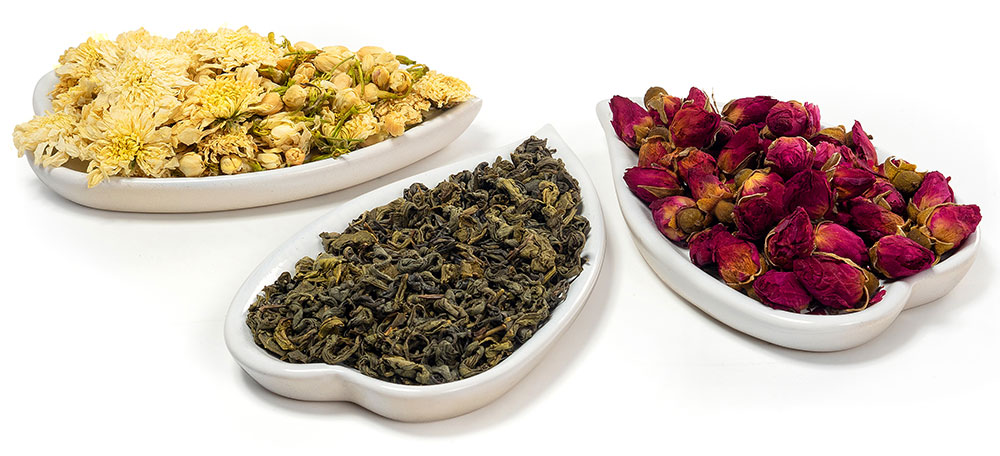
Ingredients for tisanes: chamomile, rose and jasmine
Waitrose predicts the drinks sector is set to fizz in 2022. Exotic cocktail ranges will become available in bottled versions for handy refills, as well as traditional ready-to-drink cans. Mixologists will be adding an exotic mix of fruit and vegetables to their usual concoctions and, as sugar content is reduced, will result in a drier taste. In the US, tequila continues to outperform vodka, prompting Cathy Lewenberg, Chief Operating officer at Drizly, to comment: ‘”If tequila’s trajectory continues, sales of the Mexican mainstay may surpass vodka at some point next year on the platform, driven by the growing influence of millennial and older Gen Z consumers.”
Predictions for children’s food trends also reflect an emphasis on health and nutrition, including ‘probiotic gummies’ and products with reduced sugar. In the UK, a scanner will soon be available enabling families to make healthier food choices by scanning barcodes for health-conscious alternatives. The app will feature a ‘Good Choice’ badge to show what foods are in line with the government’s dietary recommendations for added sugar, saturated fat and salt.
Japanese, Levantine and South East Asian ingredients are expected to find their way to family mealtimes as home cooks experiment. Products like pomegranate molasses, Turkish Urfa, chilli flakes and feta parcels will be widely accessible, along with the Japanese yuzu citrus found in vinaigrette and mayonnaise. Seedless fruit and the new tearless Sunion by Waitrose will be welcome additions to supermarket trolleys and shoppers will find more allergy-friendly snacks made with sunflower seeds. Umami, (‘essence of deliciousness’ in Japanese) flavour is set to enhance the taste of low sodium offerings.
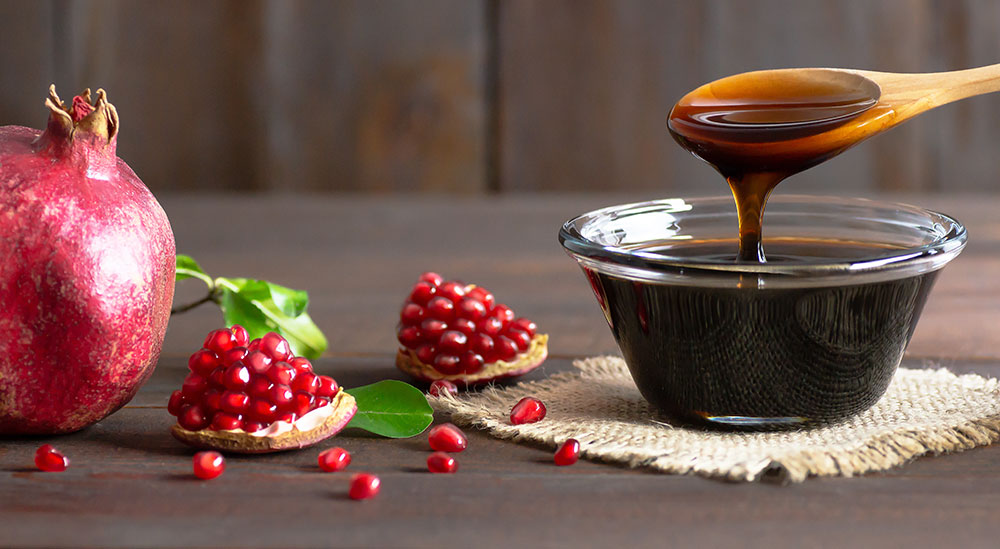
Chefs have been commenting on the new options available for diners. Ryan Orlando, a Californian chef, foresees a transition of vegetarian options becoming vegan options on menus and highlights the health benefits of serving fruits and vegetables as soon as they are harvested. Chefs predict an appetite for combining quality ingredients with familiar cooking techniques and a preference for tasting menus, pre-set menus and three to five course set menus. Most chefs agree that as meatless menus become an essential part of every good dining establishment, the emergence of ‘vegourmets’ will be seen.
Food brands will reveal more details about sustainability, such as using regenerative farming practices or carbon neutral production as the state of the planet continues to cause concern. Restaurants and takeaways will play their part in the war on food waste, removing single-use sachets for ketchup, mayonnaise and vinegar among other condiments to reduce plastic waste. Upcycling will be a top priority to use surplus ingredients that would otherwise be wasted and a London based start-up entrepreneur has created biodegradable sauce packets out of brown seaweed. Improved packaging solutions will continue to emerge, including compostable and recyclable bio boxes for both hot and cold foods that are leak-proof.
The pandemic has augmented the desire for immunity-boosting food and drink products that will treat or prevent a future health issue. One catchphrase is appropriate to sum up food and beverage trends across all sectors for 2022: “Health Over Everything”.



